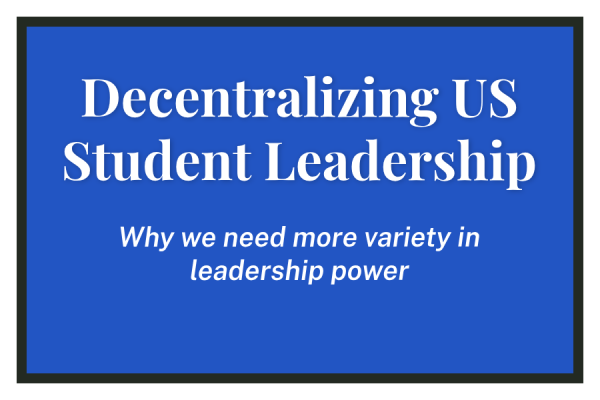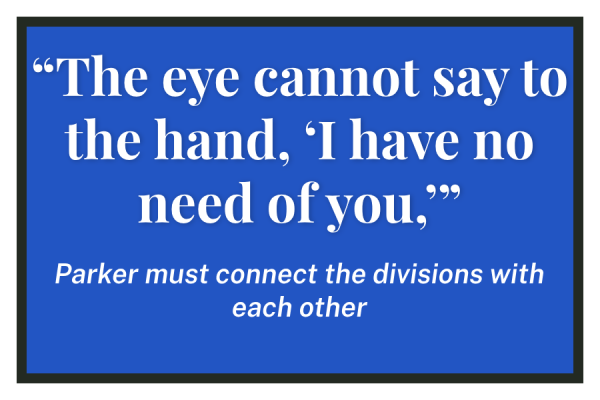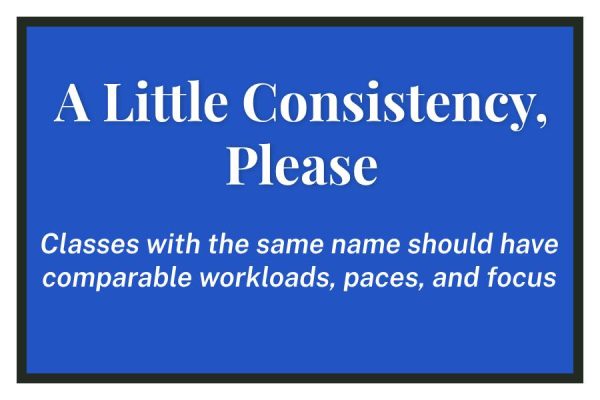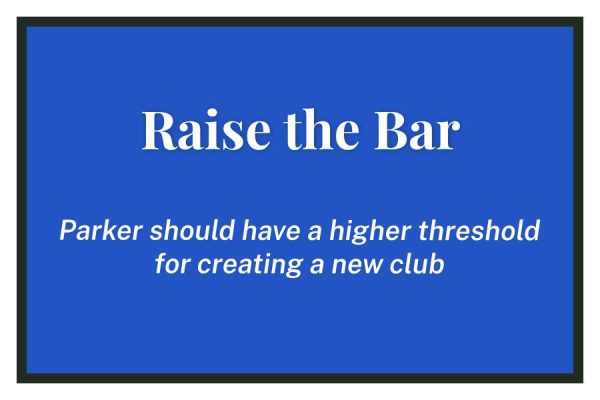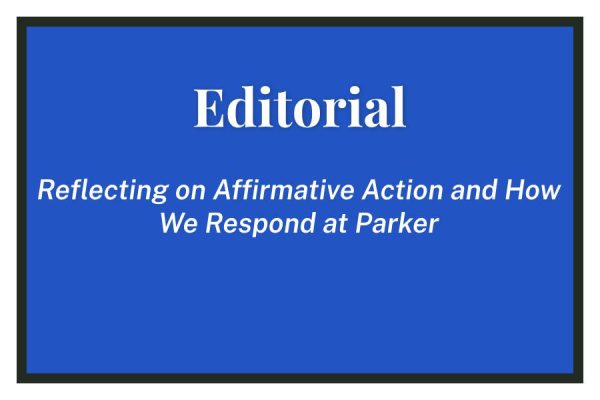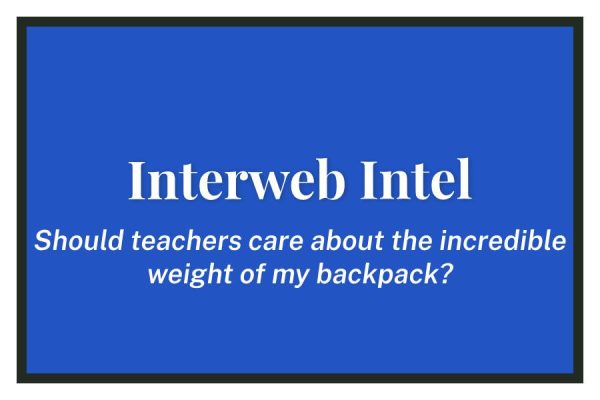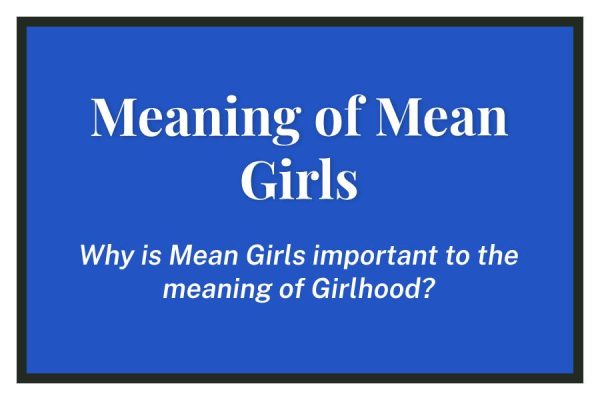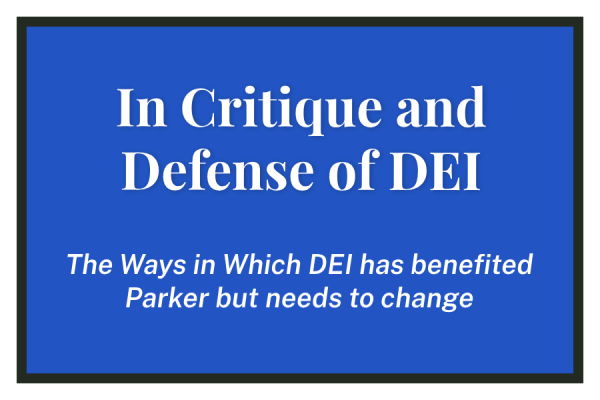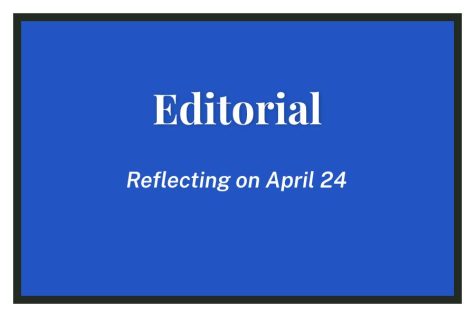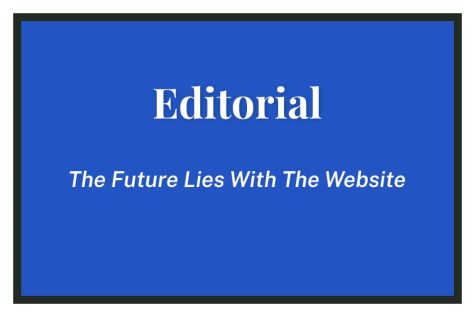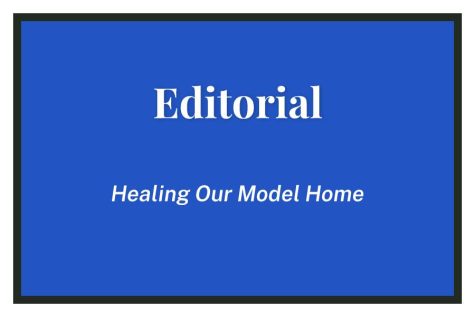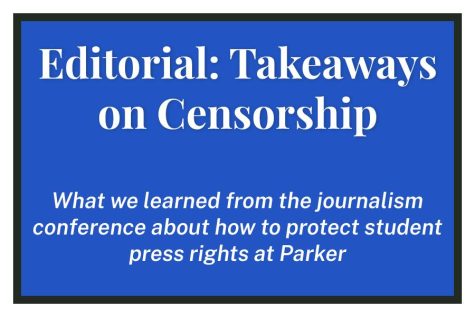Editorial, Issue 7 – Volume CX – Opt-Out Equity
When news of the hybrid schedule reached the Upper School, many students and teachers commiserated at the beginning of classes, trying to make sense of the big shift together. Both groups had similar questions about the experience of going back, the logistics of the new schedule, and the reasoning behind it. Why weren’t more students or teachers consulted? What was the motivation for the return? Would feedback be received?
Though students and teachers shared similar anxieties and concerns, there was one major difference in these discussions – students can opt-out whenever they want, as long as they provide a week’s notice. Teachers can’t.
Parker is fueled by the passion and dedication of its teachers. The past eight months of remote learning have been driven by their hard work and tenacity, allowing students to get a high quality of education through less than ideal circumstances. We can’t expect the same levels of enthusiasm if a teacher is uncomfortable with the terms of our return to campus.
Teachers shouldn’t be asked to give up vacation time or procure a false doctor’s note in order to remain at home, in order to continue delivering the same quality of education. Time and time again, teachers have made selfless sacrifices to help their students. Now it’s time for administrators to make the same sacrifices and support the physical and mental health of teachers who feel unsafe in the environment thrust upon them. Though teachers who provide medical documentation to Human Resources are exempt from teaching in-person, they are otherwise required to return.
Even teachers who feel comfortable in the building have reasons to stay home. Just as students have eased into their own routines, teachers have worked tirelessly to modify their curriculum, learn new technology, and adjust to new situations and schedules. Going in-person, likely to classrooms that aren’t even theirs, would force these teachers to redo months of hard work, with the education of students suffering in the process.
Those students who are excited about the offer of in-person learning still know they’re assuming some risk and placing their trust into a student body of teenagers who have not always proven to be trustworthy. At least they have the choice about whether to assume the burdens, whether that be taking public transportation in a pandemic, getting up earlier for a long commute, or exchanging a familiar routine for a plan they had little to no say in developing.
Parker protected a majority of faculty and staff by helping to get them vaccinated, providing some immunity against COVID-19. Still, teachers will not receive the second dose for another month. Though a vaccination is an extra layer of protection for a faculty member who doesn’t have a choice but to work in-person, the virus can still be transmitted to household members and loved ones.
Many community members felt forced into an unfamiliar schedule, with little to no involvement in the development of that schedule. Why not wait to return until teachers receive the second vaccination dose? The extra 42 days we would need to wait for teachers to reach 95% immunity would put us returning around the same time as the Chicago Laboratory School, set to return March 8. Likewise, the Chicago Teachers Union is calling to delay their return until all their teachers are vaccinated.
Why can’t we allow teachers, who have done so much for us despite living through the same stresses of the pandemic, to opt-out if they want to? Are administrators afraid if they offered the choice, not enough teachers would return for an in-person program?
While the work of the medical subcommittee and return to campus committee is appreciated, that work is made less meaningful without the support, consent, and enthusiasm of the faculty who will be on the frontlines of their plan every day. To build that support, the school should allow teachers to opt-out of in-person on their terms, without compromising their morals.


